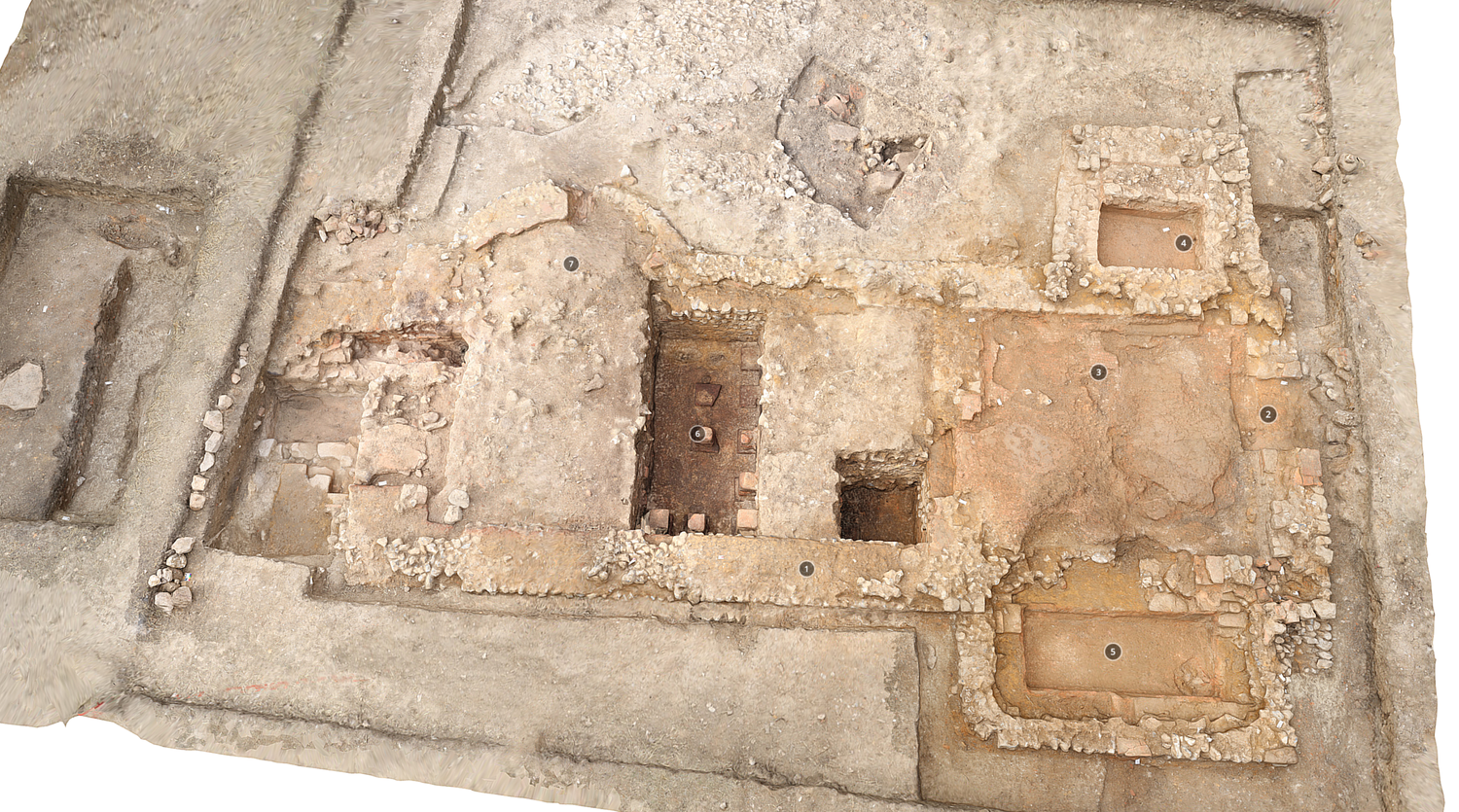- Addington
- Aldington
- Allington
- Architecture
- Badlesmere
- Boxley
- British Museum
- Burham
- Canterbury
- Canterbury Cathedral
- Capel
- Castles
- Ceramics
- Chatham
- Chatham Historic Dockyard
- Churches
- Cliffe
- Cobham
- Defences
- Discover Roman Otford Project
- Dungeness Nature Reserve
- Earthworks
- Edenbridge
- Excavations
- Farningham
- Follies
- Fort Amherst
- Furnishings
- Gardens
- Gravesend
- Greenhithe
- Human Remains
- Ice House
- Industrial
- Ingress Abbey
- Iron Age
- KAS Collections
- Knole
- Lees Court Estate
- Lenham
- Little Bayham
- Maidstone
- Maritime
- Medieval
- Medway
- Memorials
- Metalwork
- Modern
- Monasticism
- Otford
- Ozengell
- Paintings
- Prehistoric
- Randall Manor
- Rochester
- Rochester Cathedral
- Sandwich
- Smallhythe
- Statues
- Stone Artefacts
- Sutton-at-Hone
- The Medway Megaliths
- Trottiscliffe
- Tudeley
- Tunbridge Wells
- Ulcombe
- Upchurch
- Upper Hardres
- West Malling
- World War I
- World War II




